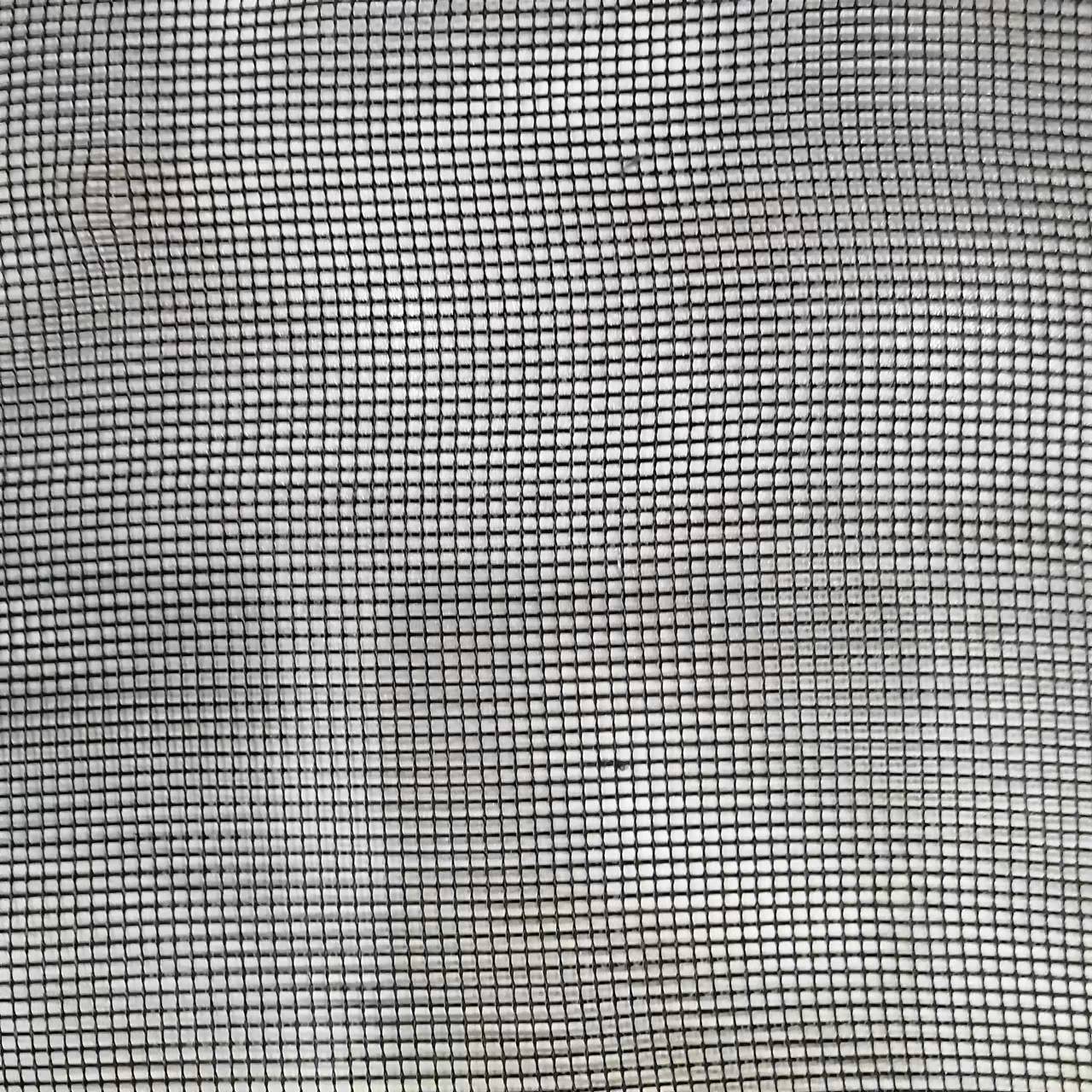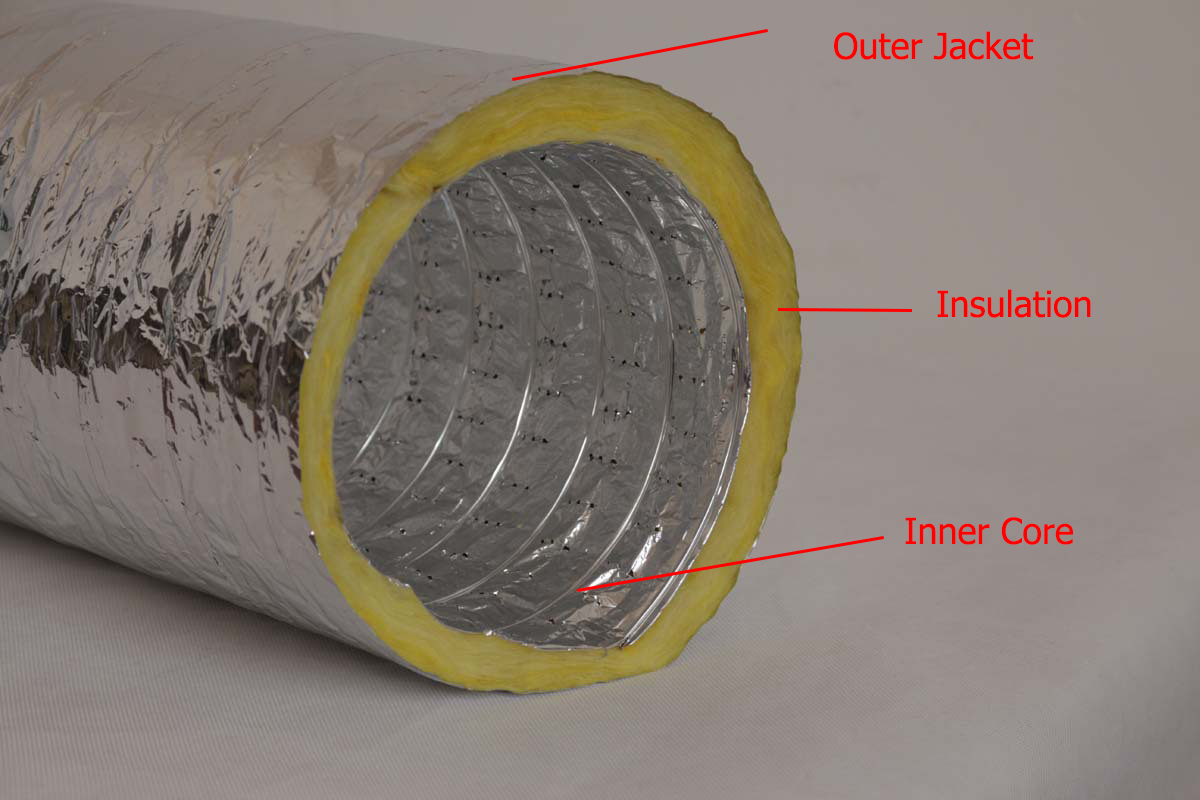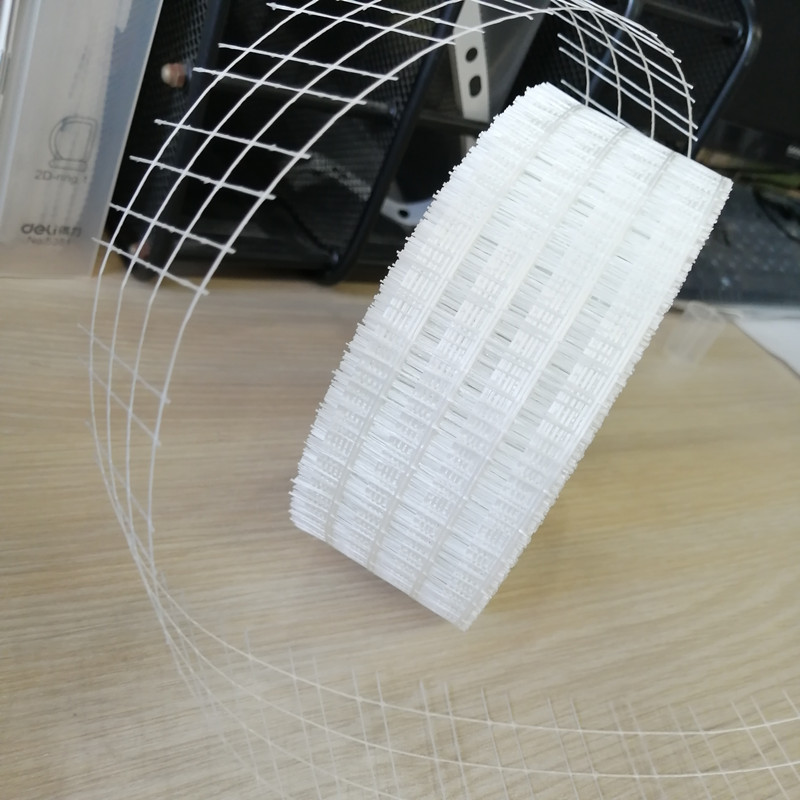Fiberglass Pipe Insulation covering is intended as a thermal insulation for both hot and cold service piping from -20°F to 1000°F. The pipe insulation is molded from heavy density resin bonded glass fibers that come in 3 foot long hinged sections. The fiberglass is wrapped with white All-Service Jacketing with a self-sealing lap for a quick and secure installation. Each 3 foot section of commercial pipe insulation comes with a butt-strip tape that is used to connect two sections of pipe insulation together.
Fiberglass Pipe Insulation and Mineral Wool Pipe Insulation are two types of open cell pipe insulation. In an effort to keep this post non-scientific and easy to understand, closed cell pipe insulation products do not allow water to flow through them while open cell pipe insulation products, most commonly fiberglass pipe insulation, allow water to pass through its fibers.
Sound Absorption is fairly easy to control. Most batt insulation and board insulation products have published sound absorption coefficient (NRC) on their data sheet.
The higher the Sound Absorption Coefficient the better for the acoustics within your room.
Soundproofing gets more complicated on the correct solution for your problem. If we look at it in terms of extremes, let’s consider a concrete wall compared to a wall composed of only light density fiberglass batt (no drywall at all). If you are in the adjacent room behind the concrete wall you are going to hear your neighbor’s conversations much less than if there was only fiberglass batt between you and your neighbor. In this example, concrete is superior soundproofing material than only fiberglass batt insulation. If you were inside the room having the conversation, however, you are going to hear a lot less echo if your wall is fiberglass batt compared to the concrete wall. In this example, fiberglass batt is a much better sound absorber than a concrete wall.
Generally laid scrims are about 20 – 40 % thinner than woven products made from the same yarn and with an identical construction.
Many European standards require for roofing membranes a minimum material coverage on both sides of the scrim. Laid scrims help to produce thinner products without having to accept decreased technical values. It is possible to save more than 20 % of raw materials such as PVC or PO.
Only scrims permit production of a very thin symmetrical three layer roofing membrane (1.2 mm) that is often used in Central Europe. Fabrics cannot be used for roofing membranes that are thinner than 1.5 mm.
The structure of a laid scrim is less visible in the final product than the structure of woven materials. This results in a smoother and moreeven surface of the final product.
The smoother surface of final products containing laid scrims allows to weld or glue layers of the final products more easily and durably with each other.
The smoother surfaces will resist soiling longer and more persistently.
The use of glassfibre scrim reinforced nonwovens per-mits higher machine speeds for the production of bitu-men roof sheets. Time and labour intensive tears in the bitumen roof sheet plant can therefore be prevented.
The mechanical values of bitumen roof sheets are sub-stantially improved by scrims.
Materials that tend to tear easily, such as paper, foil or films from different plastics, will be prevented from tearing effectively by laminating these with laid scrims.
Whilst woven products may be supplied loomstate, a laid scrim will always be impregnated. Due to this fact we have an extensive knowledge in respect to which binder may be best suited to different applications. The choice of the right adhesive may enhance the bonding of the laid scrim with the final product considerably.
The fact that the upper and lower warp in laid scrims will always be on the same side of the weft yarns guarantees that the warp yarns will always be under tension. Therefore tensile powers in warp direction will be absorbed immediately. Due to this effect, laid scrims often show a strongly reduced elongation.When laminating a scrim between two layers of film or other materials, less adhesive will be needed and the cohesion of the laminate will be improved.The production of scrims always requires a thermal drying process. This leads to preshrinking of the polyester and other thermoplastic yarns which will improve substantially subsequent treatments done by the customer.
Post time: Jan-07-2022



